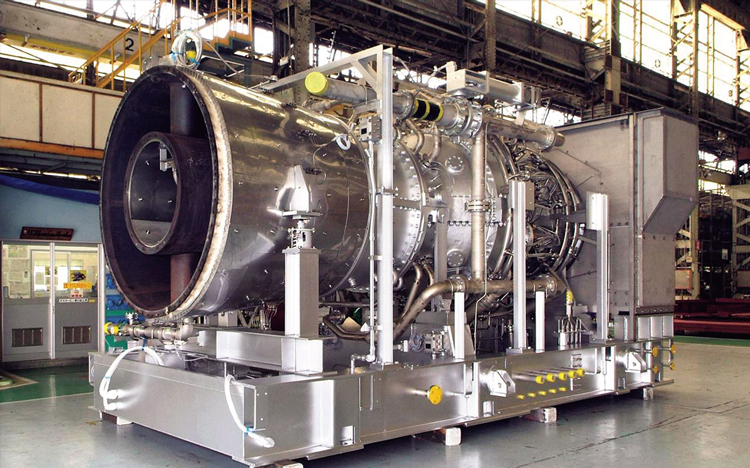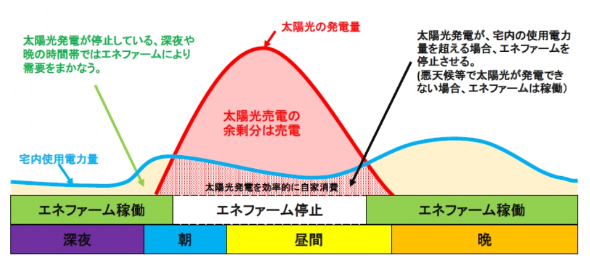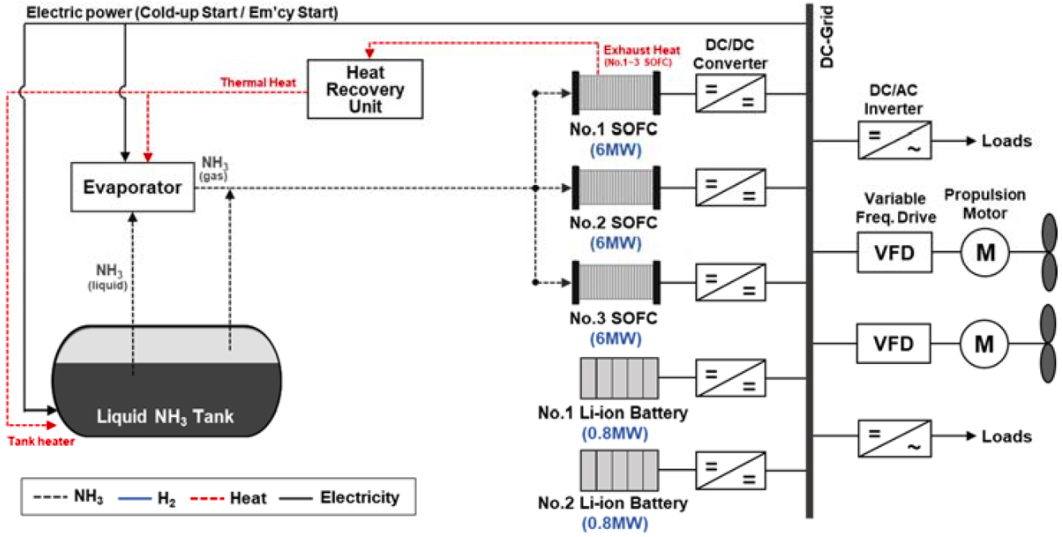This week we look at three new ammonia recovery projects:
1. A team from the Delft University of Technology has demonstrated that ammonia recovery via vacuum membrane stripping of a wastewater feed can be used to power a solid oxide fuel cell (SOFC).
2. In the UK, a new consortium including the Agriculture and Horticulture Development Board (AHDB) and the University of Leeds has received government funding to demonstrate a novel solution to harvest green ammonia from pig waste.
3. A team from the Ukrainian National University of Food Technology has proposed a new method of sourcing useable ammonia fuel from poultry waste via anaerobic digestion.









